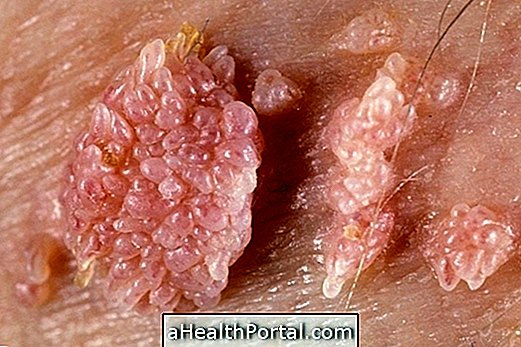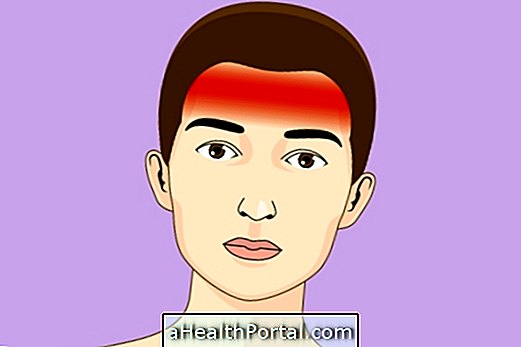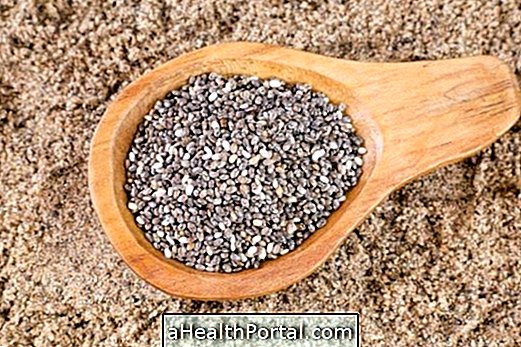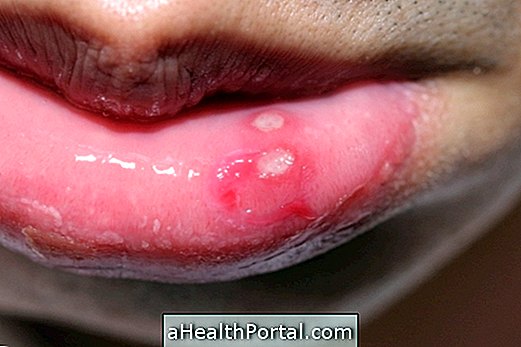Choreathetosis is a set of symptoms that may appear due to various diseases affecting the basal ganglia of the brain and occurs when chorea and athetosis occur simultaneously.
Chorea consists of involuntary, brief, spasmic movements, such as dance movements, which begin in one part of the body and pass the other abruptly and unexpectedly and often continuously. While athetosis is the continuous flow of slow, sinuous, convulsing movements, usually in the hands and feet.
The disease that most often causes chorea and athetosis is Huntington's disease, or as a side effect of ingestion of certain medications.
Sometimes, chorea occurs in elderly individuals for no apparent reason and mainly affects the muscles of the mouth and periorals. Women may also be affected within the first 3 months of gestation, but chorea disappears without treatment immediately after delivery.
In most forms of chorea, an excess of the dopamine neurotransmitter in the basal ganglia alters its fine-tuning function. The function of the basal ganglia is to smooth out coarse movements, which are initiated by commands from the brain. Drugs and diseases that alter dopamine levels or the brain's ability to recognize dopamine may worsen chorea.
Treatment
Chorea that develops as a side effect of some medicine can improve if drug use is stopped, but it does not always go away. Drugs that block the action of dopamine, such as antipsychotic drugs, may help control abnormal movements.
Useful link:
- Ataxia

















-o-que--quando-fazer-e-como-funciona.jpg)



